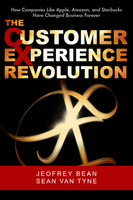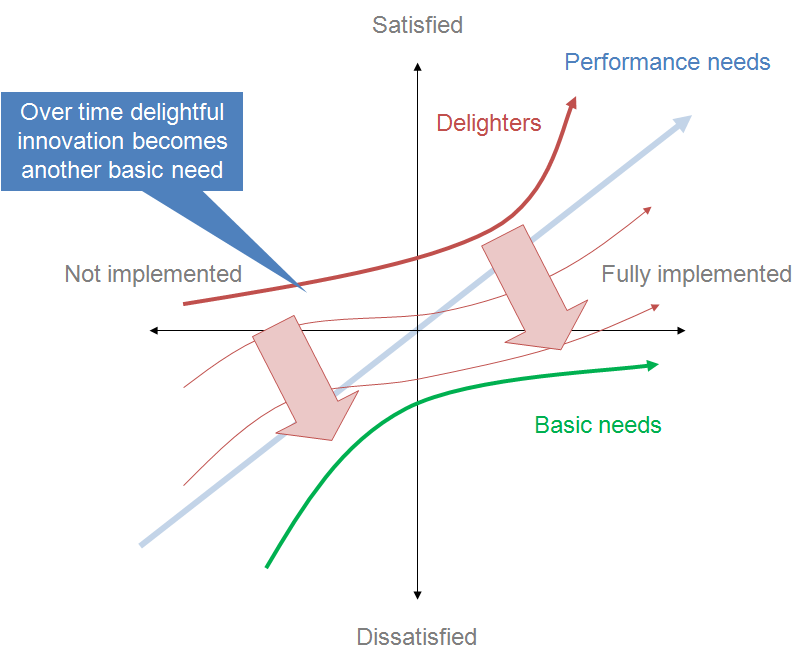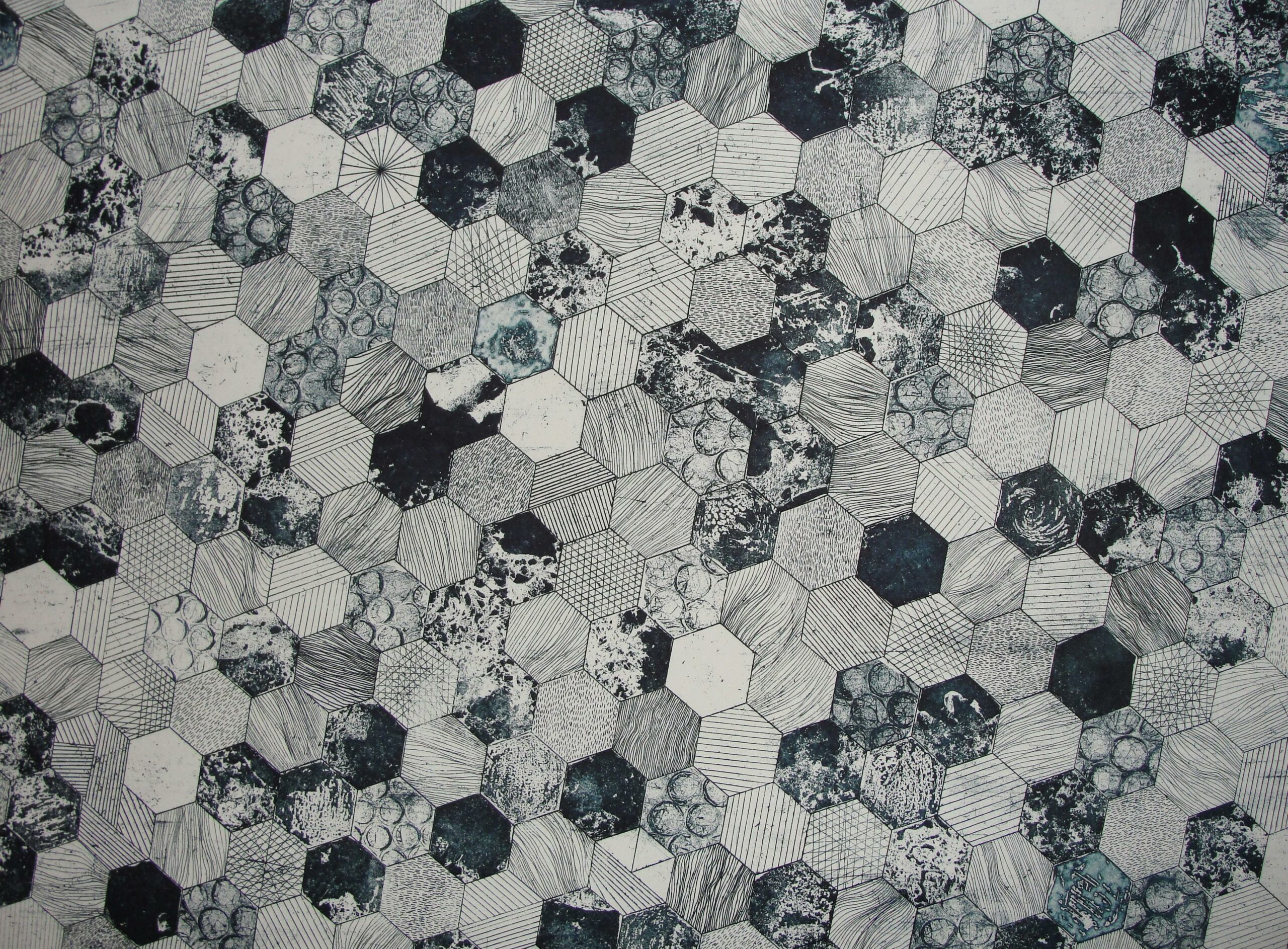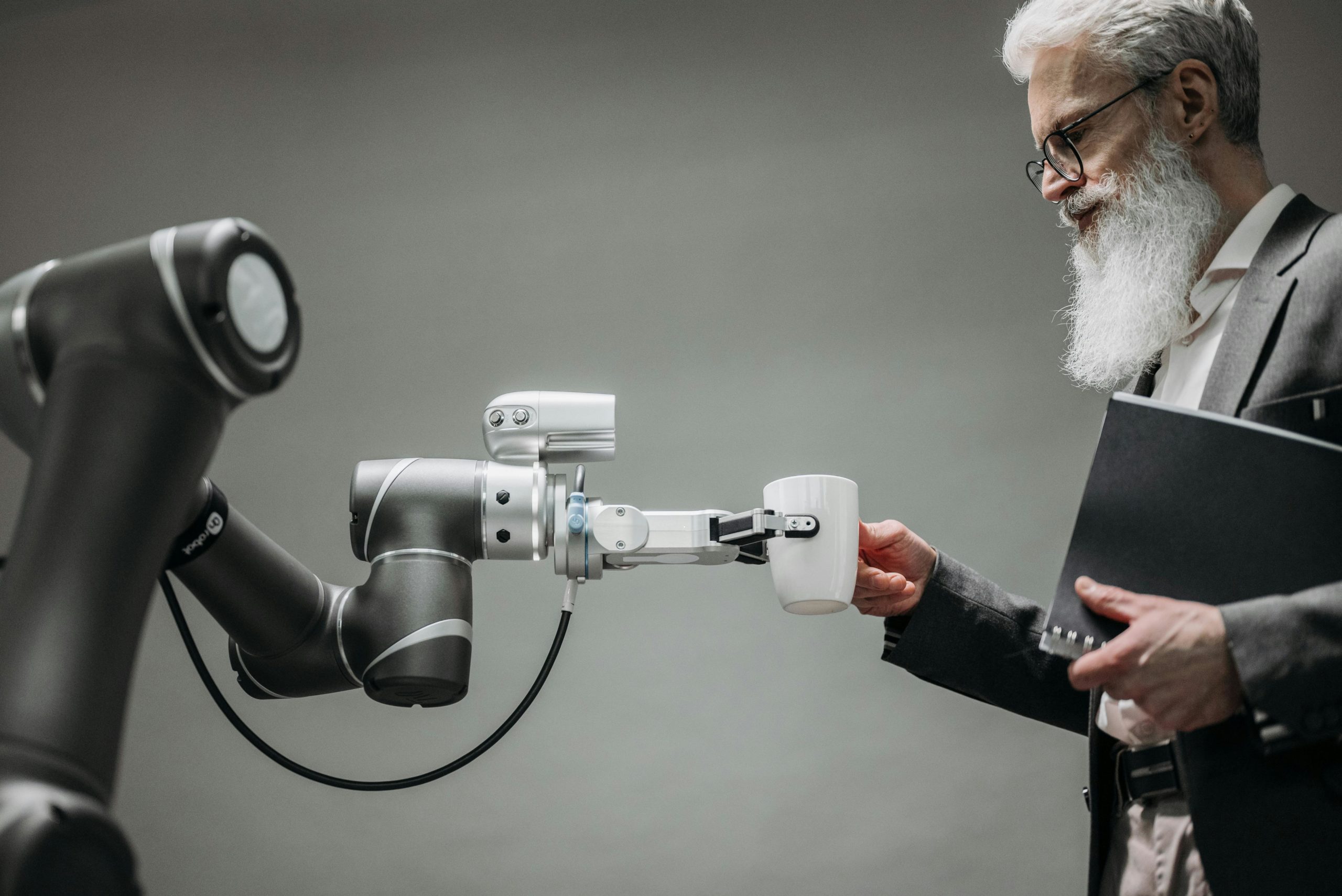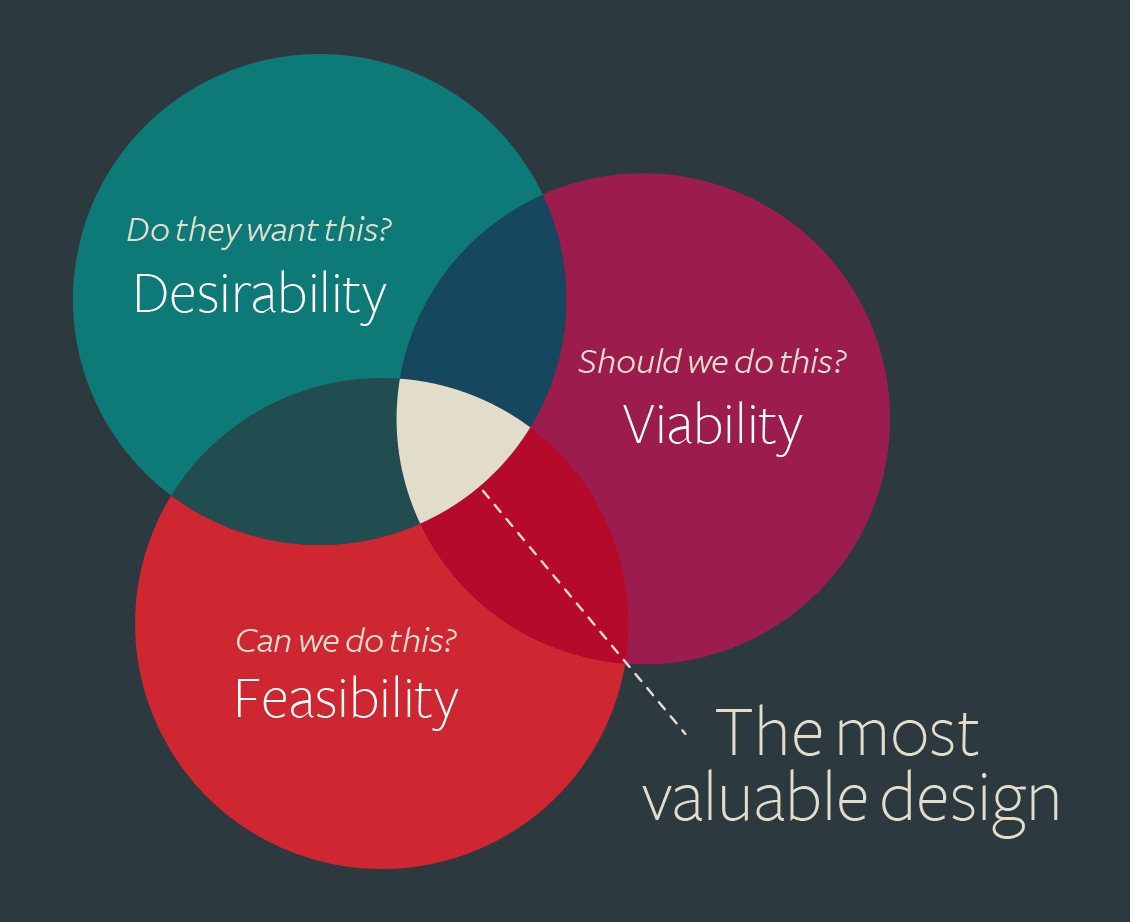Meet Your Brand Promise by Involving Your Customers Early and Often
It is crucial to ensure that your products and services meets the needs and capabilities of your customers, particularly in terms of the experience you deliver meets your brand promise. Today’s rapidly changing markets requires a more lean and agile approach towards understanding your target audience earlier and reviewing your designs more often with them … Read more
